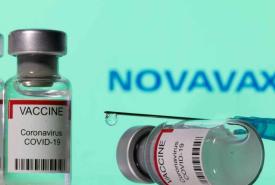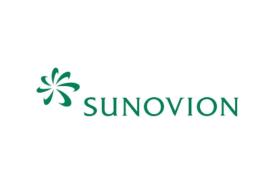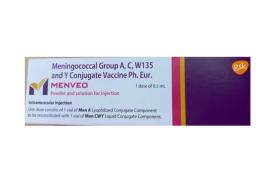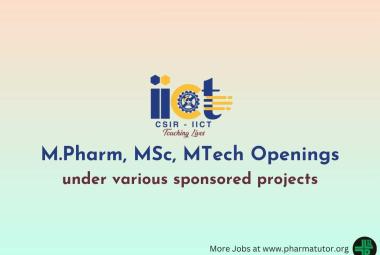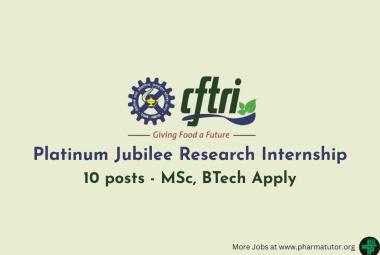Study overcomes the obstacles to treatment for colon cancer
Colorectal cancer is one of the most common cancers. Its treatment is mainly based on chemotherapy. However, over time, chemotherapy induces resistance in the majority of patients, who end up being unresponsive to the drugs. As a result, the five-year survival rate for those affected is still low. After succeeding in reproducing this resistance in the laboratory, a team from the University of Geneva (UNIGE) has found a way to overcome it.




